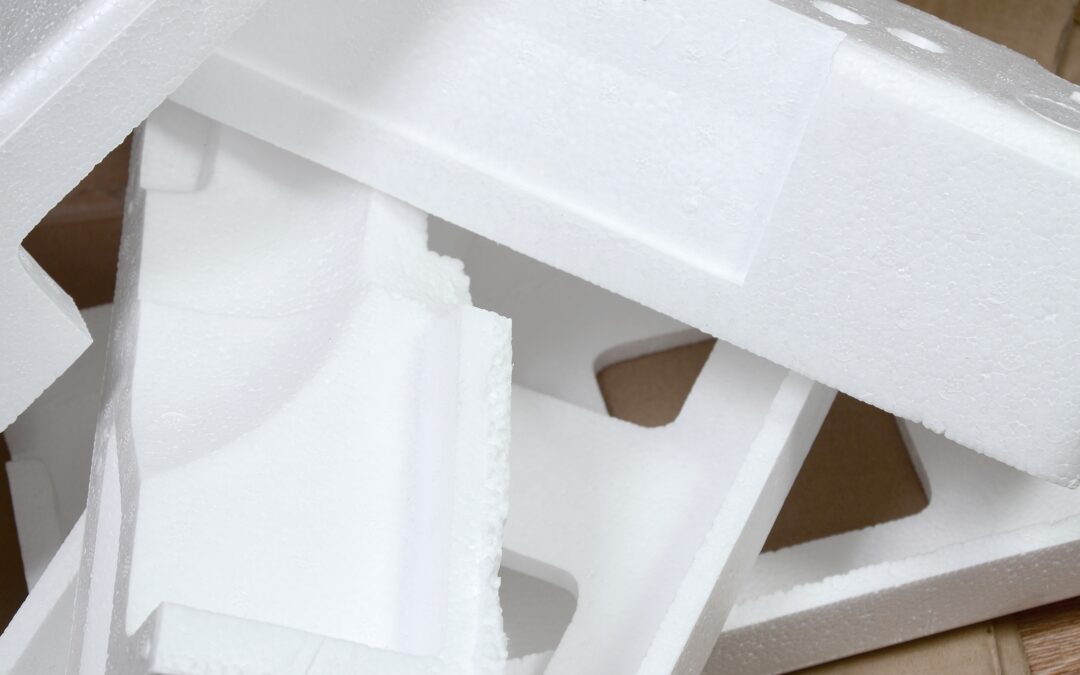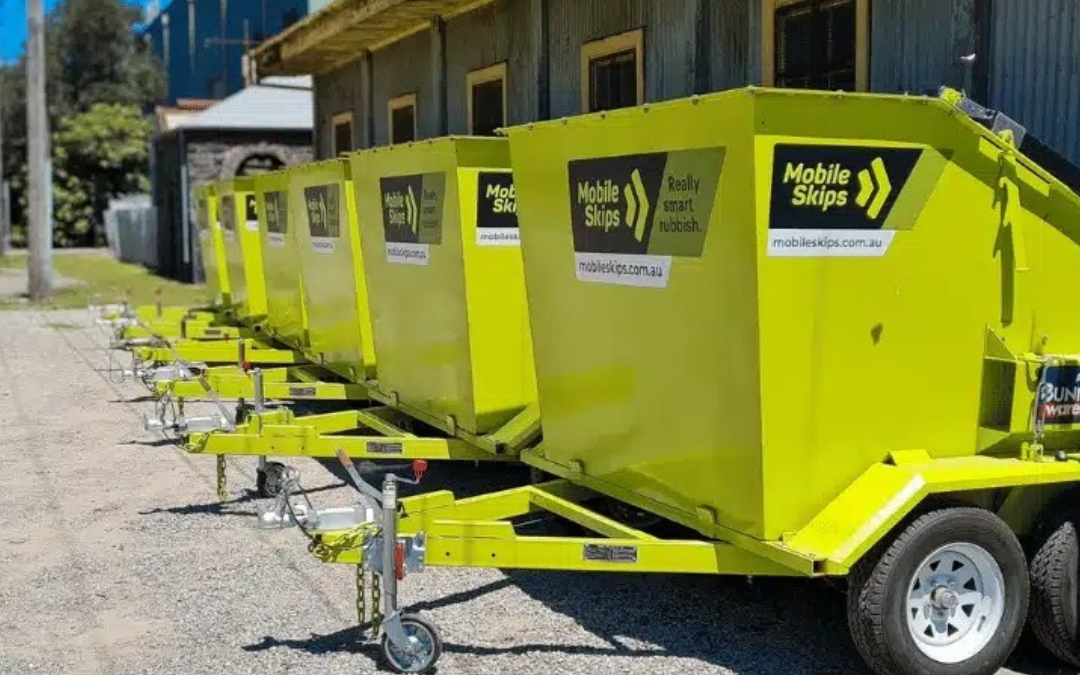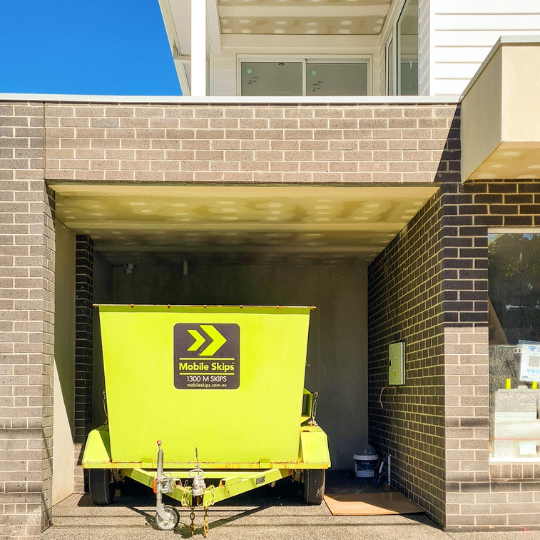Construction and demolition are one of the major contributors to greenhouse gases. Globally, it has been recorded that 40% of all energy emissions are linked to construction.
Waste produced in construction sites amounts to a significant level of pollutants. It can impact the health of the environment in Australia as well as the entire world. Although half of the construction waste in the country gets recycled, the other half still goes to landfill.
With this level of pollution and damage, proper waste management is on property contractors more than ever. Hence, they need to do their bit in correcting industry practices and focus on environmentally friendly waste management. This article is a guide on waste disposal for property contractors.
What Is Construction Waste?
Construction waste or c d waste is all kinds of debris from a construction or demolition process. They are generated during constructing, renovating, and demolishing structures such as buildings, bridges, and roads. They are also known as construction debris.
These materials are a generally large amount of concrete, wood, steel, gypsum, and asphalt. It also includes a small but significant amount of hazardous materials such as batteries and electrical equipment.
It is often hard to make a waste management plan and recycle these materials for property contractors. One of the reasons is it is very expensive. However, you can find a reliable and affordable option near you to solve that problem.
Types Of Reusable Construction And Demolition Waste
Here are some of the materials property contractors can reuse in their new inventory. The recyclable materials are as follows:
Bricks And Concrete
It is advised to recycle bricks and concrete owing to their high disposal fee. Concrete can be reprocessed using a standard crushing technique.
Also, bricks can be reused by mixing them with masonry. Both bricks and concrete are in demand for their lower recyclable price. Usually, the local government uses it for road construction that is all-weather and low grade. Also, it is used for numerous other construction that is not a high rise or anything structural.
Asphalt
This is one of the most recyclable materials among the c d waste since 99% of asphalt can be recycled. They are mostly used in making asphalt pavements.
Wood
Hardwood remaining in the construction and demolition waste surprisingly can be used up to the next two decades. It is one of the most east to recycle material. This especially true in the case of better quality Australian hardwoods.
For example, power poles are made using infrastructure timber. Besides, they have a high demand in the furniture and landscaping industry.
Also, wood from stairs, angle cuts, and door frames are generally not considered recyclable. However, they can be used as firewood.
Additionally, hardwood from floor joints, weatherboards, beams, and decking can be used as cut pieces.
Stones
Stones excavated can be used for sub-base applications. However, local geography decides if it is fit for recycling or not.
Glass
Although most glass material can be recycled, not all of it will be available in good condition. The glass on windows and frames can be neatly removed and sold.
Glass can be cut down to suit numerous other situation. It can be very useful as long as it is intact. However, it takes a lot of effort to keep it intact since glass is a delicate material. On the other hand, they can save property contractors a lot of money by reusing glass.
Mantels, Handles And Switches
As long as the mantels, handles, knobs, and columns are in good shape, you can reuse them. Usually, these materials are overlooked during the landfill process and will be sent directly to the landfill.
Although they are very small, they contribute to a large amount of construction waste. Hence, it is better to reuse these materials even though they may seem unusual.
Also, switch faceplates and power points can be removed carefully and sold. You will be able to do it easily with the help of an electrician. Plus, remember to ensure safety by removing these items.
Metals
The metal recycling market is thriving. It is one of the easiest material to recycle in Australia. Steel accounts overall 90 per cent to 95 per cent of all metal waste. Also, metals can be easily recovered from the construction and demolition side using large and powerful magnets.
Additionally, copper is also one of the commonly recycled metals. They sell at a good resale price even though they are very old. It is because scrapped copper can maintain a high grade as compared to newly mined copper. They can be used in pipes, electrical wiring, and other fittings.
Plasterboard
It is also very easy to recycle. However, it can be a disadvantage when found in other waste materials. This is the reason why you need professional help when it comes to reclaiming plasterboard. Some other recycling materials include paper and cardboard.
Plastic
Plastic waste materials take up a significant portion of c d waste. They are usually categorised into two types. They are durable plastic and packaging plastic.
The best way for recycling plastic rubbish is by separating them. However, plastics usually gets mixed with contaminants. This can make the separating process challenging.
Recycled plastics can be used in making panels, roof, street furniture, and more. However, one can not count on the durability of these materials.
Construction Waste Management
Certain methods can go a long way in helping you to manage construction waste. It includes efficient removal and minimization of construction waste, recycling of reusable materials.
Three simple steps provide solutions to all of the construction waste-related problems. They are Reduce, Reuse, and Recycle.
Reduce
Property contractors can use numerous methods to minimize the total amount of waste produced on the construction site. Suppliers also have a vital role in this. This can be done by supplying just in time and avoid the excess amount of packaging.
Plus, they will have to pack it only if it is necessary. For example, glass materials will be broken if not packed properly. Hence, only such materials should be packed properly. Excessive, unnecessary packaging must be avoided at all costs. They can also help by agreeing to take the leftover materials from the construction site for reuse.
Reducing waste can reduce human impact on the environment and ensure you less work at the end of the day. Minimising waste in construction areas is one of the smartest ways to tackle issues associated with waste management.
Some simple ways of reducing includes preserving old structures partially or completely instead of building new ones. Also, by focusing on the quality of the structure and sustainability of the source, one can do a better job at reducing waste.
Moreover, employing new scientific technologies designed to reduce waste instead of traditional techniques can help reduce waste.
Reuse
Although not all materials can be reused, some materials can be reused. For example, if the doors and windows are in good condition, they can be reused. This can save property contractors a lot of time and money. If one prefers a new door, it can always be sold or kept aside for another project.
However, there is a significant amount of materials that can be reused via different methods of construction waste recycling. Some of the materials include bricks, concrete, glass, asphalt, wood, and electrical materials. Additionally, it can cut the cost you will have to spend on sending to the landfills.
Recycle
Recycling is a crucial part of construction waste management. You need to work to ensure materials and reused and recycled.
It includes making sub-contractors and construction employees categorise and separate waste on the site. This will ensure that the construction waste is going to the right place from the very beginning of the process.
Also, demolition waste can be good for trading and reselling. Construction wastes such as skirting boards, ornate windows, frames, floorboards, intact floors, and picture rails can be dismantled and sold. Alternatively, they can be used for a different project.
Additionally, materials such as masonry, bricks, and plastics can be recycled. They can be done in three ways. They are commingled recycling, site-separated recycling, and hybrid recycling.
Commingled recycling: It includes dumping all the construction and demolition waste in one huge container. Recycling firms will take care of sorting, treating, and recycling.
Site-separated recycling: It requires property contractors to have the rubbish separated from the project site. You can use different boxes to collect different type of waste, for example, electrical waste, wood, and metals. This is one of the most eco-friendly ways.
Hybrid recycling: This is a combination of the commingled and site-separated recycling process. In this types, one container is used for potentially recyclable materials and one for non-recyclable materials. This will save a lot of time and money for you and the recycling company.
Benefits Of Construction Waste Management
There are numerous reasons why as a property contractor, you would want effective construction waste management. Here are some of the most important benefits of construction and demolition waste management.
Effective Identification Of Recyclables
An efficient construction waste management company will easily identify the waste. They can tell the recyclables apart from the ones that are going to landfill.
This will save you a lot of time, and you can focus on other construction work. Also, experience and quality construction waste management companies can remove rubbish from recyclables really quickly.
Improves Project Site Safety
Construction waste induced injuries are on the rise in Australia as well as globally. Unused nails, metals, timber, and electrical materials can cause injuries to unsuspecting workers at the project site.
These are not only hazardous, but they also clog your worksite from working efficiently and for routine checkups. With effective construction waste management, this can be avoided.
Legal Requirements
Efficient waste management can reduce a considerable amount of construction and demolition waste. This can make it easier for complying with legal regulations. It also includes the duty of care.
Plus, it helps the property contractors meet the regulations regarding protecting the environment. Also, you can stay ahead of the competitors in terms of work ethics and social responsibility.
Environmental Benefits
Considering the environmental impact of your work is more important now than ever. Every household and company is striving to reduce their carbon footprint. Reducing, reusing, and recycling construction waste is an excellent way to reduce your carbon footprint.
Wrap Up
It may seem relatively inexpensive and easier to dump all the construction waste into landfills. However, we have to pay the environmental cost and our public health cost way too high.
Besides, the failure to reuse and recycle construction and demolition wastes is unsustainable. In addition to this, property contractors should consider effective elimination and reduction of waste.
Hence, it is important to use energy-efficient measures for building as well as demolishing structures. Plus, it is vital to focus on construction waste management for a better and healthy future.
Summary
Construction waste contributes up to 40% of all energy emissions globally. The waste produced in construction in Australia and elsewhere in the world is significantly high. It can impact the environment and cause various types of dangers to public health.
Therefore, it is important for property contractors, who play a huge role in waste management, to take a step ahead. This includes reducing waste on construction site, reusing materials, and recycling them whenever possible.
Some of the materials that can be recycled are bricks, concrete, asphalt, wood, stones, glass, and metals.
The three steps may not be as simple as they sound, yet they are the most effective way to manage waste at any construction project. Plus, it comes with numerous benefits. It includes reduced cost, reusing and recycling prevent expenditure on new materials. Plus, they save a lot of time and effort.
They also provide improved working conditions by removing all the rubbish from the worksite. This will result in a safer and healthier working environment which, can lead to more efficient functioning. It also helps your organisation meet several legal requirements.
Apart from that, it is highly beneficial to the environment. You can reduce your company’s carbon footprint and contribute to a better world.






